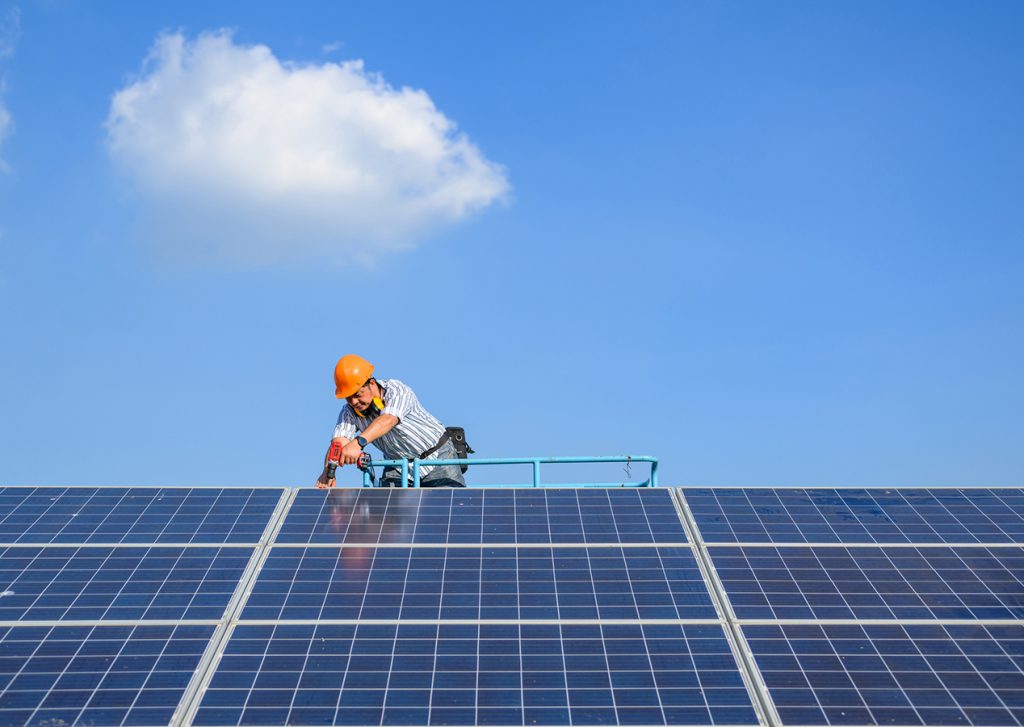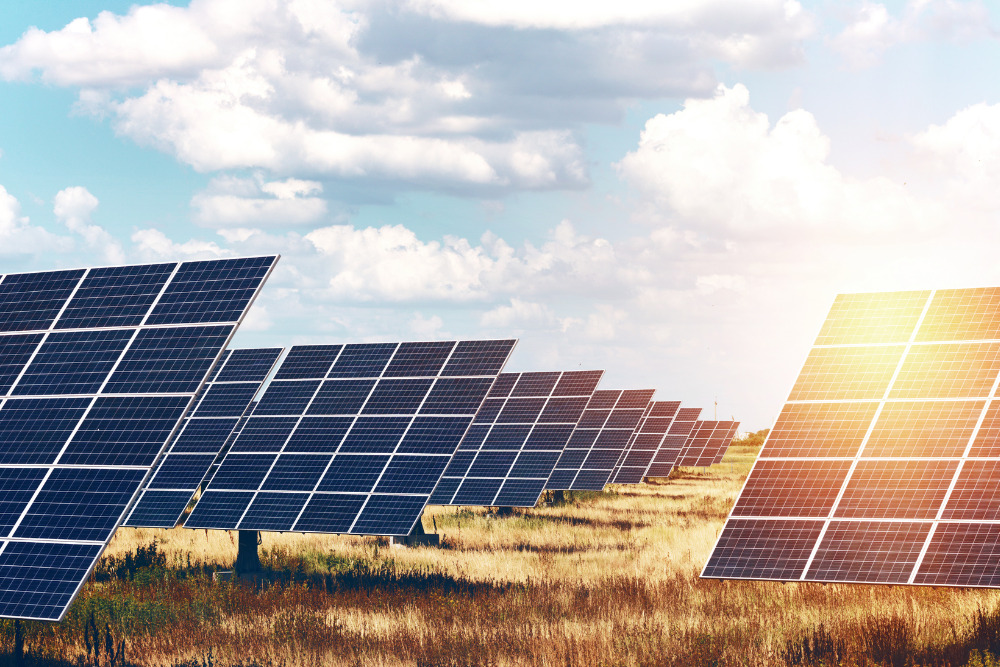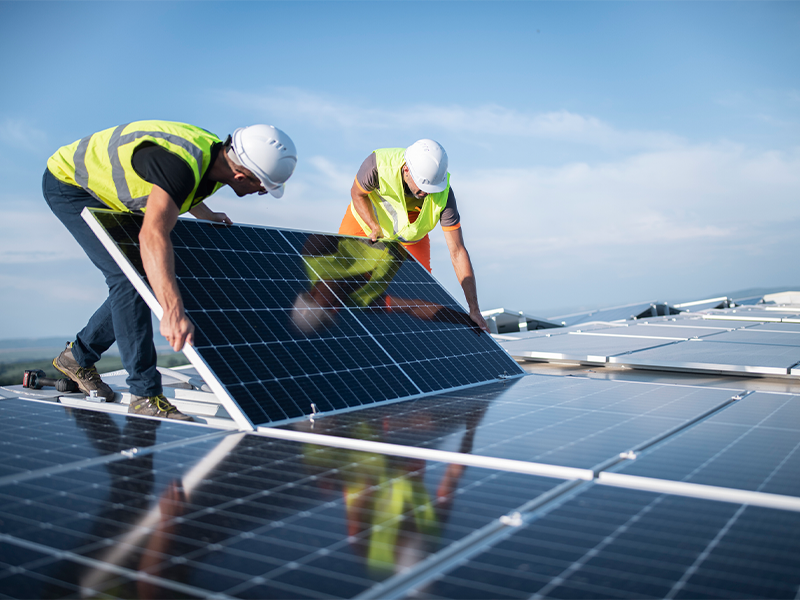Solar Energy 101: A Novice's Guide to Sustainable Energy Solutions
As the globe significantly shifts in the direction of sustainable power options, comprehending the basics of solar energy comes to be vital for both people and services. This guide provides a complete introduction of solar energy, detailing the numerous systems readily available and the mechanisms behind their operation. By checking out the advantages of solar modern technology, alongside the economic incentives and installation processes, one can gain a more clear perspective on exactly how to effectively incorporate this renewable energy into their energy strategy. Nevertheless, the trip toward taking on solar power invites further exam of the obstacles and factors to consider that include it.
Comprehending Solar Power
At its core, recognizing solar power entails grasping the essential concepts of how sunlight can be transformed into functional electricity. Solar energy is derived from the sun's radiation, which can be utilized with various innovations.

Understanding solar power likewise includes recognizing its environmental benefits. By making use of sunshine, we can minimize greenhouse gas discharges and reduce air contamination, adding to a much more lasting future. The improvements in technology and effectiveness of planetary systems continue to boost their stability, making solar power a progressively appealing choice for worldwide energy needs.
Sorts Of Solar Power Systems
Different kinds of solar energy systems are commonly employed to harness solar power for electricity generation. The main groups include photovoltaic (PV) systems, focusing solar power (CSP) systems, and solar thermal systems.
Photovoltaic systems utilize solar panels made up of silicon cells that convert sunshine directly right into power. These systems are flexible and can be installed on rooftops, ground mounts, or incorporated into structure materials.
Focusing Solar Power systems, on the various other hand, use mirrors or lenses to concentrate sunshine onto a tiny area, producing heat that drives a heavy steam wind turbine to generate electrical energy - Simply Solar Illinois. CSP systems are commonly deployed in large-scale nuclear power plant and require straight sunlight, making them less suitable for over cast areas

Each type of solar energy system has its one-of-a-kind features, applications, and viability depending on geographic place, energy needs, and budget, making it vital to evaluate alternatives based on certain situations. - Simply Solar Illinois

Benefits of Solar Power
Harnessing solar power with different systems not only supplies a sustainable means to generate electrical energy but also offers a wide variety of benefits. Among one of the most substantial advantages is the decrease in greenhouse gas emissions, adding to a cleaner environment and combating climate adjustment. Solar power is sustainable, indicating it is inexhaustible and available as read review long as the sunlight shines, unlike fossil gas, which are finite and depleting.
Furthermore, solar power can bring about substantial price financial savings over time. House owners and services can lower their electrical energy expenses significantly, and in most cases, they may earn credit scores for excess energy created through internet metering. In addition, the solar market produces work, from producing to setup, promoting local economic climates.
Another engaging benefit is power self-reliance. By creating their own electricity, people and communities can reduce dependence on external energy sources, improving durability against rising and fall energy rates and supply disruptions. Moreover, solar power systems call for marginal maintenance, making them a practical alternative for sustainable power generation.
Installation Refine Summary
The installment process for solar power systems usually includes numerous essential actions that guarantee efficient assimilation right into a building. An extensive site analysis is carried out to review the roofing system's orientation, shielding, and structural stability, which are vital to maximizing solar panel efficiency. Following this analysis, the style phase commences, where a customized solar power system is configured based upon the homeowner's energy requirements and preferences.
When the layout is finalized, the required licenses and approvals are obtained from neighborhood authorities, making sure compliance with policies. The actual installment involves installing the photovoltaic panels on the roof or ground, connecting them to an inverter, and integrating the system with the residential property's this content electrical configuration. This phase might likewise entail setting up battery storage space systems, relying on the style.
With the installment full, the solar energy system can begin generating renewable power, adding to sustainability and decreasing energy costs. This organized technique makes certain that solar systems are both efficient and dependable, maximizing their long-lasting benefits.
Financial Rewards and Cost Savings
Exploring the financial rewards and financial savings linked with solar power systems can significantly boost the charm of making the button to renewable power. One of the most significant motivations is the government solar tax credit scores, which enables home owners to subtract a portion of their solar system installment costs from their federal tax obligations.
Along with tax obligation credit histories, numerous states supply discounts that can even more lower in advance expenses. Some energy companies likewise offer performance-based incentives, satisfying solar power manufacturing in time. Funding choices, such as solar lendings and leases, enable customers to set up systems with little to no deposit, making solar power a lot more accessible.

Lasting savings are one more vital variable. By creating their very own electrical energy, homeowners can dramatically decrease or perhaps eliminate their regular monthly energy bills. Furthermore, solar systems can boost building values, offering a strong return on financial investment. Generally, the combination of rewards and savings makes solar power an economically eye-catching choice for lots of homes.
Verdict
In final thought, solar power stands for a vital element of lasting power services, giving a pathway towards minimized carbon impacts see post and boosted ecological security. Inevitably, the shift to solar power not just fosters environmental obligation yet likewise promotes economic savings and power self-reliance.